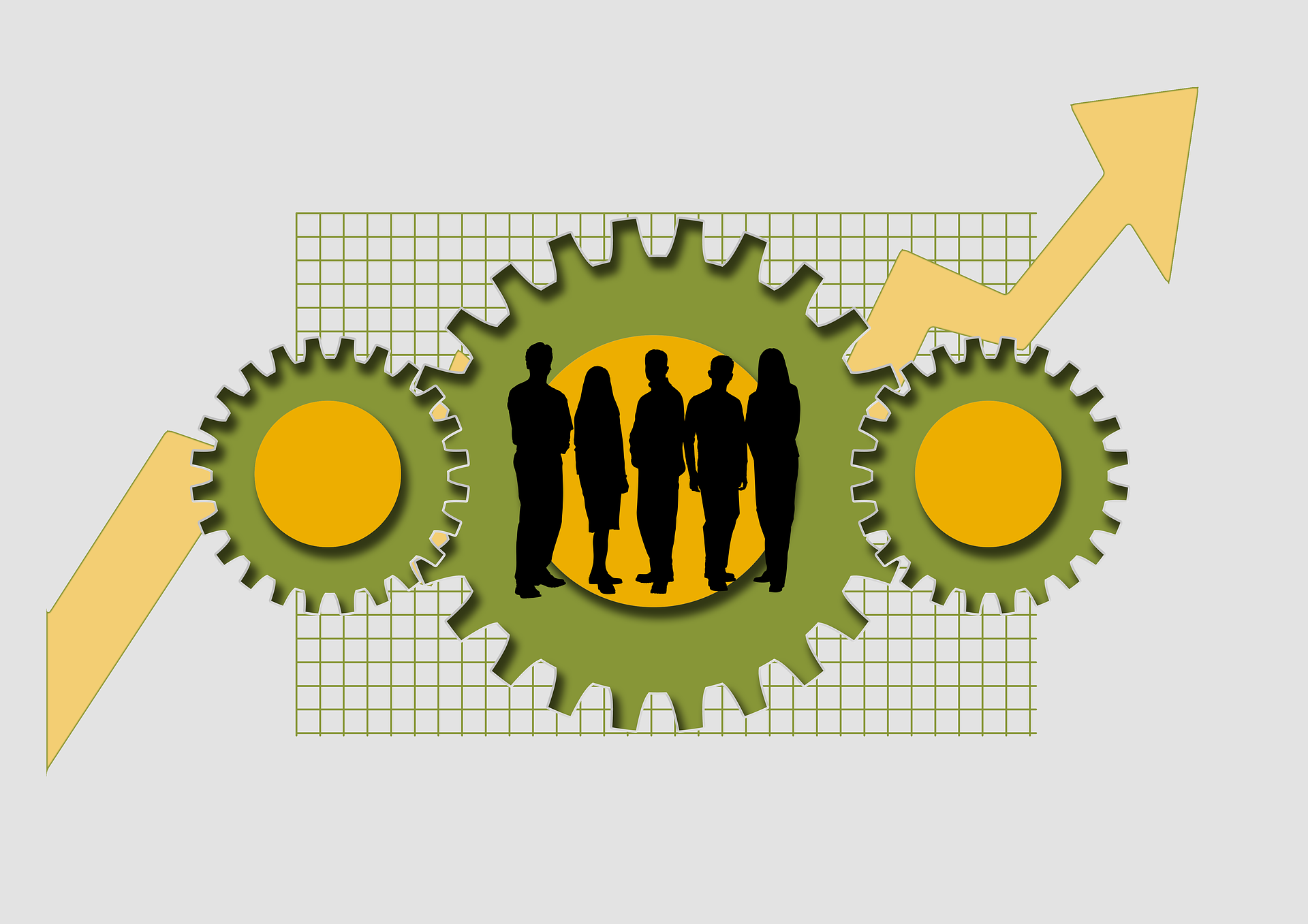Your cart is currently empty!

How to build a successful Team
Ever wondered how some work sections exhibit effective teamwork and others remain dysfunctional always? Effective teamwork is both profoundly simple and difficult at the same time. This is why so many teams struggle to get the relationships, the interaction, task execution and to top it all the work environment right. Their success depends on these factors.
No matter the team or its reason for existing, humans are in the mix, and each team member brings along all of their baggage- for good and for ill. So, diverse people with different life experiences, different work experiences, and varying degrees of success converge around a new mission.
Given the complexity of forming a team including consciously or unconsciously developing team interaction norms and guidelines, ending up with an effective, functioning team is downright amazing.
You can significantly increase the chances of the teams that you join or oversee to make needed contributions. Given appropriate support and nurture, teams can succeed beyond your wildest dreams. Don’t let anything hold you back as you help your teams succeed.
Teams have basic needs that must be acknowledged and fulfilled if you expect your teams to experience their greatest success. No team will succeed if these basics do not exist.
Keys to Successful Teamwork
These below tips describe the environment that must occur within the team for successful teamwork to take place.
Successful teamwork is the cornerstone for creating a functioning, contributing team.
- The team understands the goals and is committed to attaining them. This clear direction and agreement on mission and purpose is essential for effective teamwork. Team members must have an overall mission that is agreed upon and that provides the umbrella for all that the team tries to do. This team clarity is reinforced when the organization has clear expectations for the team’s work, goals, accountability, and outcomes.
- The team creates an environment in which people are comfortable taking reasonable risks in communicating, advocating positions, and taking action. Team members trust each other. Team members are not punished for disagreeing; disagreement is expected and appreciated.
- Communication is open, honest, and respectful. People feel free to express their thoughts, opinions, and potential solutions to problems. People feel as if they are heard out and listened to by team members who are attempting to understand. Team members ask questions for clarity and spend their thought time listening deeply rather than forming rebuttals while their coworker is speaking.
- Team members have a strong sense of belonging to the group. They experience a deep commitment to the group’s decisions and actions. This sense of belonging is enhanced and reinforced when the team spends the time to develop team norms or relationship guidelines together.
- Team members are viewed as unique peoplewith irreplaceable experiences, points of view, knowledge, and opinions to contribute. After all, the purpose of forming a team is to take advantage of the differences. Otherwise, why would any organization approach projects, products, or goals with a team? In fact, the more that a team can bring out divergent points of view, that are thoughtfully presented and supported with facts as well as opinions, the better.
- Creativity, innovation, and different viewpoints are expected and encouraged. Comments such as, “we already tried that and it didn’t work” and “what a dumb idea” are not allowed or supported. The team members recognize that the strength in having a team is that every member brings diverseness to the effort to solve a problem, improve a process, reach a goal, or create something new and exciting.
- The team is able to constantly examine itself and continuously improve its processes, practices, and the interaction of team members. The team openly discusses team norms and what may be hindering its ability to move forward and progress in areas of effort, talent, and strategy. The team holds review meetings that assess the team’s process and progress in approaching and accomplishing the team mission.
- The team has agreed upon procedures for diagnosing, analyzing, and resolving teamwork problems and conflicts. The team does not support member personality conflicts and clashes nor do team members pick sides in a disagreement. Rather, members work towards the mutual resolution of problems and disagreements.
- Participative leadership is practiced in leading meetings, assigning tasks, recording decisions and commitments, assessing progress, holding team members accountable, and providing direction for the team.
- Members of the team make high quality decisions together and have the support and commitment of the group to carry out the decisions made. They also gain the support and commitment of the people they report to in order to accomplish and communicate the team’s progress and success.
If a team can get these ten factors right, success and a rewarding sense of teamwork will follow. It’s not always the task at hand that challenges teams in their progress, it’s the relationships and the little things that happen day-to-day. If team members can rise above the trench, they can achieve greatness. You know the success ingredients. Why not make them happen?

Leave a Reply